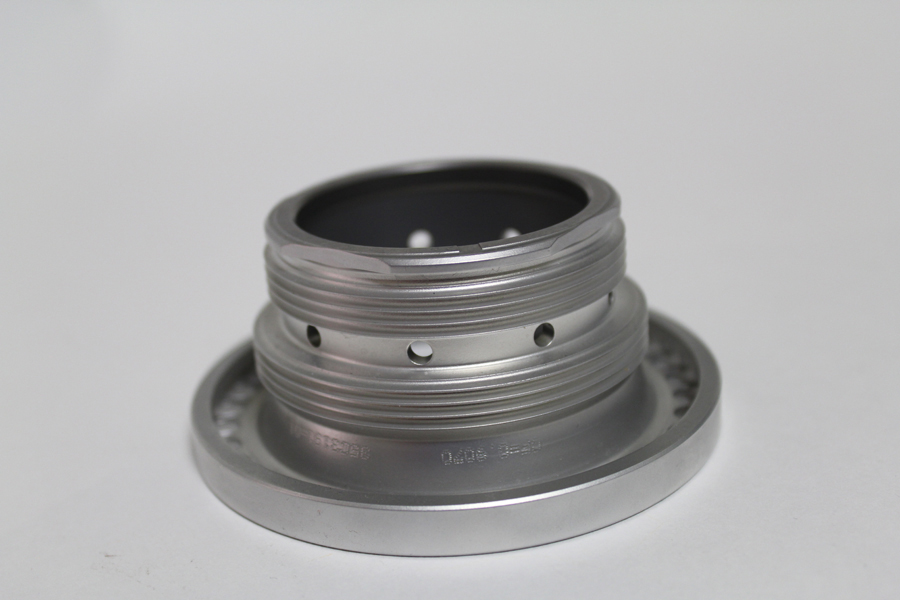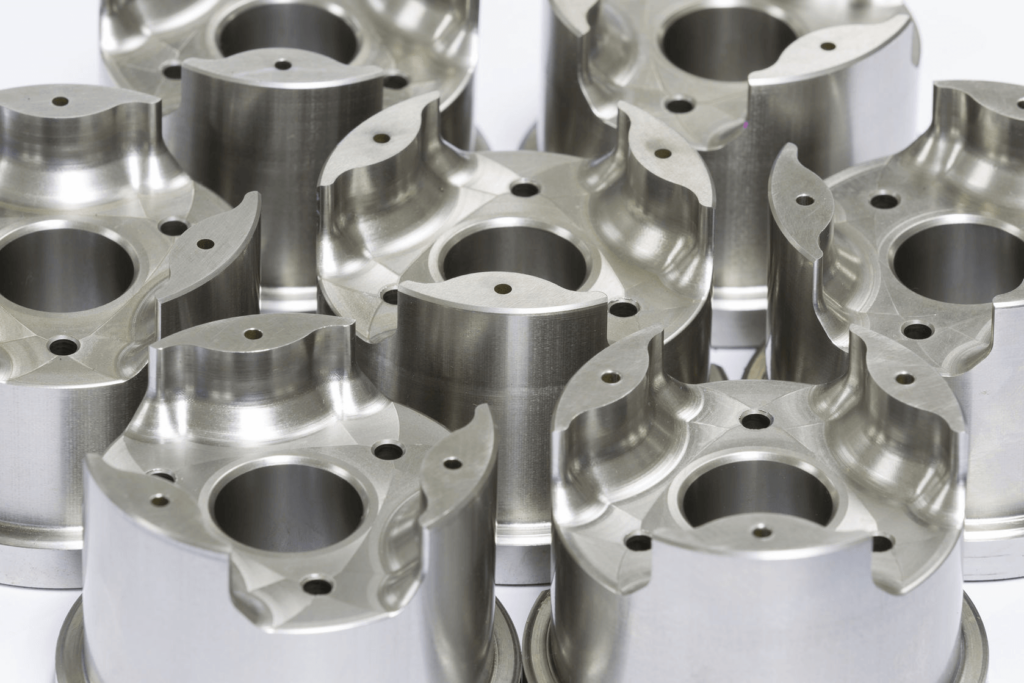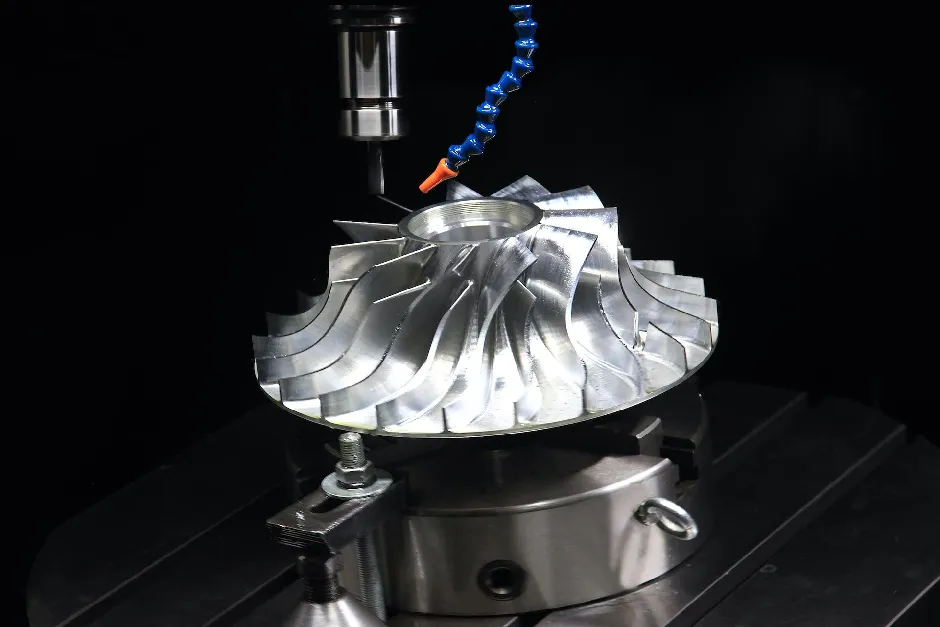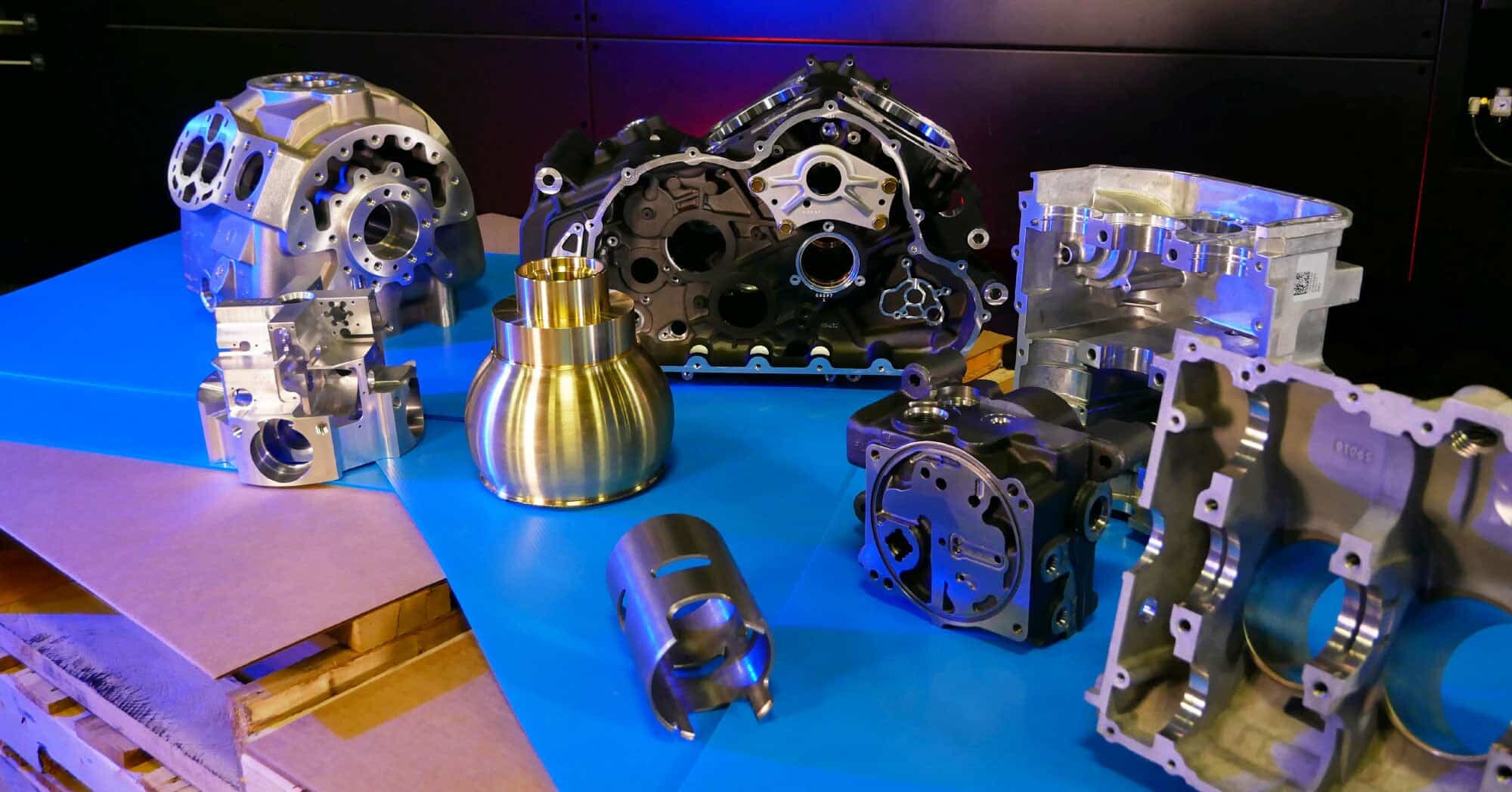Aerospace CNC Machining: The Ultimate Guide
The aerospace industry is always at the forefront of new manufacturing practices and technologies. Aerospace CNC machining is now one of the most critical components of the industry. The reasons are not far-fetched.
One of the most important factors when producing aircraft or related system components is, of course, safety. No matter which aerospace project you work on, each aircraft component must meet the highest industry standards. There is no room for human error in the production and assembly of aircraft. From the smallest internal details to the exterior of the aircraft, any defects or inconsistencies can have devastating effects.
The aerospace industry has an extremely high demand for precision, which makes CNC machining a suitable manufacturing process for the industry. The process is able to achieve extremely tight tolerances on metal and plastic components, thus being able to provide a powerful solution for the industry. This article provides you with a complete guide to aerospace machining and its importance.
1. What is Aerospace CNC Machining?
This CNC machining process involves creating CNC machined aerospace parts to assemble and maintain aircraft and space shuttles. Aerospace CNC Machining companies work with kits, assemblies, and subassemblies that are essential to the processes used in the aerospace industry.
Aircraft parts, including bushings, hinges, fixtures, or other custom parts, require high-quality materials. This is to ensure that these aircraft parts function properly and do not pose any danger. This is why titanium and Kovar are the most commonly used metals for aerospace parts. Other materials may include aluminum, stainless steel, copper, bronze, and certain types of plastics.

2. Importance of Precision in Aerospace CNC Machining
Precision machining is an important aspect of the aerospace industry. The industry has very high production standards for CNC machined aerospace parts, and safety controls are even stricter.
Unlike other industries, the aerospace industry requires that the dimensions, tolerances, and performance of each part are as tight and high as possible. This is to ensure that these parts do not fail in flight.
A defective or imperfect part can cost aircraft and space stations thousands of dollars. In addition, poor production techniques often pose huge safety risks to end users. This is why aerospace machining companies strive to meet all of these requirements. At the same time, they must ensure that they can produce aircraft at a fast enough rate to meet market demand.
Use state-of-the-art CNC machining equipment. Using aerospace-grade metals and plastics, CNC machine systems can achieve tolerances of up to 0.002 mm. In addition, advanced post-processing and inspection systems can ensure that finished aerospace prototypes and parts are fully compliant.
3. Applications of Aerospace CNC Machining
CNC machining has a wide range of applications in different industries. An aircraft has millions of parts. Therefore, the production of an aircraft involves many manufacturing processes. These processes range from sheet metal manufacturing and injection molding to advanced manufacturing processes such as aerospace CNC machining and 3D printing.
For example, 5-axis machining helps produce complex aircraft parts. This aerospace machining process allows parts to be milled, drilled, and manipulated along the X, Y, Z, and linear axes. These processes occur simultaneously without reconfiguring or fixing the part.
Why is complexity an asset in the aerospace field? In short: weight. Producing parts with partial hollowing or complex geometries can reduce their weight. This operation can be achieved without sacrificing quality or performance.
Aerospace CNC machining companies combine complex designs with workflow software and state-of-the-art inspection processes. This helps the company produce end-use parts and high-quality tooling components for aerospace manufacturers.
There are so many aerospace parts produced by CNC machining that it is impossible to list them all. However, some important examples include hydraulic manifolds, gearboxes, fuel bodies, landing gear, electrical connectors, housings, etc.
CNC machining not only plays an important role in the production of end-use parts for aircraft. It also plays a vital role in aerospace research and development. This role allows aerospace companies to quickly iterate new component designs, test them, and edit them when needed.

4. Application of Aerospace CNC Machining in Aviation
Whether it is a cargo plane, a fighter jet, or a passenger plane, precision is an important part of aircraft manufacturing. These precision requirements extend to every part of the aircraft production. It will not miss anything, whether it is the innermost layer or the outer shell.
For example, the engine of an aircraft needs to stay in the air at all times during the flight. This means that the engine must fully process and use fuel. CNC machining helps to manufacture some parts that seem insignificant but are critical to the operation of the engine.
When you think about the cockpit, you will notice the importance of aerospace machining. Some small connected parts form the navigation system that helps the aircraft move from one point to another. CNC machining can help to manufacture these CNC machined aerospace parts. Fine-tuning and adjusting key components such as the wings of the aircraft can also ensure safe and efficient flight.
5. Aerospace CNC Machining in Space Travel
When you think of space travel, the first thing that comes to your mind is companies like NASA and SpaceX. These companies are responsible for designing and manufacturing state-of-the-art spacecraft and rockets for different missions. However, aircraft CNC machining plays a major role in their ability to achieve this goal. This process is essential in manufacturing the tiniest of components right up to the main design of the rocket.
It is well known that it is very important to build spacecraft that can withstand the test of life in space. Precision comes into play here again. Not only must the parts work properly, but they also need to ensure the safe operation of the spacecraft. This ensures the safety of the crew and the spacecraft itself. Since precision manufacturing is the focus of CNC machining, this process is the way to go.
6. Xavier Aerospace CNC Machining Capabilities
At Xavier, our engineers adhere to the most stringent industry standards and continue to innovate CNC machining processes. Whatever the tolerance requirements for your CNC machined aerospace parts, our experts have the knowledge and experience to handle them. We have an excellent record of providing our customers with the highest precision.

7. Aerospace Machining with 5-Axis CNC
CNC machined aerospace parts are very complex and varied. Therefore, it is wise to configure a 5-axis milling machine for these parts. 5-axis CNC machining involves the operation of the machine using a high-precision CNC. This process moves the cutting tool and the part on up to 5 axes simultaneously.
The machine’s setup allows for complex geometries. As the aerospace industry continues to evolve, the use of 5-axis CNC machining allows for continuous reconfiguration and adjustment of parts. In general, this powerful process can better cope with the technicality and range of aerospace components.
As a result, engineers can mill, drill, or manufacture aircraft to their desired specifications. In addition, 5-axis machines meet the high-performance standards of CNC machining for aircraft.
8. Materials Used in Aerospace CNC Machining
While people often immediately think of an aircraft’s engine or wing when talking about aerospace manufacturing, an aircraft is made up of millions of parts. For example, a Boeing 747 has more than 6 million parts.
Obviously, not all parts are produced using CNC machining. However, among these materials, several are used in aircraft assembly.
1) Lightweight Metals
Two key properties determine the CNC machining materials used by aerospace companies. These properties are strength and weight. Although metals such as steel are considered strong, they are not suitable for most parts. This is because they are very heavy, which makes aircraft less fuel efficient (and therefore more expensive).
Therefore, the aerospace industry looks to strong yet lightweight metals such as titanium and aluminum alloys. Both of these metal materials used for CNC machining are easy to process. For example, titanium is about 30% stronger and 50% lighter than steel. It also has excellent resistance to high temperatures and corrosion. Therefore, it is ideal for functional aircraft components and external parts.
Aluminum is lighter than titanium, but only half as strong. However, this extremely machinable metal is more cost-effective than titanium. It is also very suitable for manufacturing a variety of aircraft parts.
2) High-Performance Plastics
While metal parts are used more in the functional structure of aircraft, many internal parts are made from polymer materials. These materials are much lighter than metals. They help produce parts such as interior wall panels, ventilation ducts, aircraft doors, wire conduits, bearings, and more. They are aerospace-grade plastics that are lightweight, strong, and meet aviation flame-retardant regulations.
Aerospace CNC machining creates strong, lightweight, and complex plastic parts for the aerospace industry. Materials used to make these parts include PEEK and other high-performance polymers. Similar to machining metals, aerospace machining provides the high precision required for polymer-based aerospace applications.
9. Conclusion
The aerospace industry is known for its high quality requirements and industry standards. The delicate nature of aircraft applications also makes it critical to produce high-quality parts. Aerospace CNC Machining provides the solutions needed by this industry. With a focus on safety and risk management, RapidDirect is ready to meet your aerospace manufacturing needs.
If you are looking for an experienced Precision machining manufacturer, Xavier is your ideal choice.The Xavier team is well equipped to provide high quality aerospace parts machining solutions. If you require more information or would like to discuss your machining needs, please feel free to contact us.

1 Comment